Have A Look At This 8-Bedroom, $574,900 Amish Farm (25 Photos)

This week we drop in on Dunn County, Wisconsin with, I believe, the highest-priced property we’ve seen so far in this ongoing series.

This one has some great photos both from the outside and inside. You can really tell a difference with photos taken with a better camera and good angles.

A reader brought this one to my attention a couple days ago. This one has a whopping eight bedrooms and…one bathroom. The home is 3,486 square feet and the property is 94 acres. The full Re/Max listing is here (update: listing has been removed).

This is a full functioning dairy farm, and it also looks like the family has a thriving produce output as well.


The milk canisters are one clue that this is a more conservative church. More progressive Amish dairies use bulk cooling tanks with agitators.

Now a look inside the house. One thing about some of the bedrooms. They’re not exactly “plush”, with many having particle board flooring and unfinished walls:




Other rooms in the house have a more finished look with a finer variety of wood flooring.

Including a couple of more finished-looking bedrooms. Cuckoo clock on the wall in this first one.


This room has a couple of beds in it as well.


The home has a very spacious feel, as most Amish-built homes do. You can imagine this home full of people, which it normally would be, when not showing it to the real estate agent with the camera 🙂

Kitchen.

Another kitchen-like area.


Several of the rooms are serving as junk/storage spaces:

It looks like they are processing and/or drying something in this room. Is that beans I see?

This area looks to be used for tasks including washing and processing produce (see the scale on the pallet).

So the price here is just a bit under $600,000, while we’ve seen similar-sized Amish farms for much less than that. Of course, location, location, location, and one thing raising the price here might indeed be location. It’s about 45 minutes east of the Twin Cities. That’s not exactly imminent-suburb territory, but close enough that it probably means higher value per acre than say land in northern Wisconsin.
The other thing raising the price is the fact that this is a certified organic farm. It is about a three-year process to convert a traditional farm to one that’s certified organic, so that likely raises the acreage value by itself.

All in all a beautiful piece of land. One last photo showing how sparsely-populated the area is. You shouldn’t have to worry too much about noisy neighbors out here (though there is what looks to be an interstate nearby, going by an additional video on the listing site).



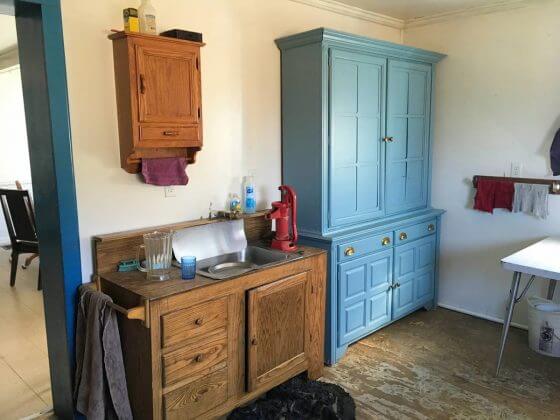
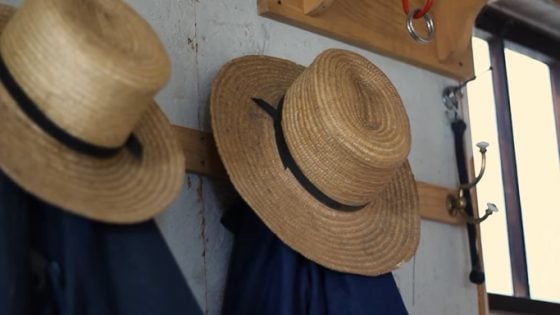
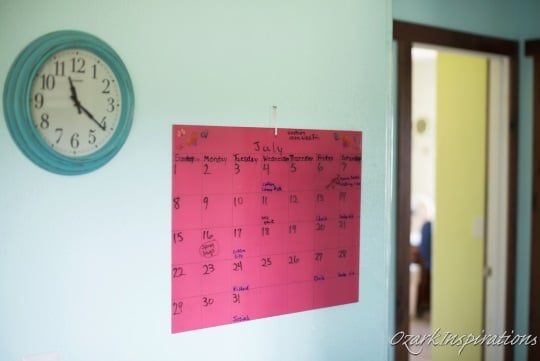
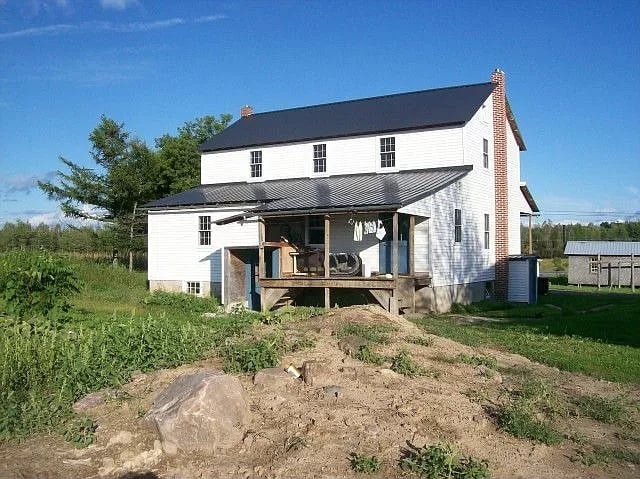
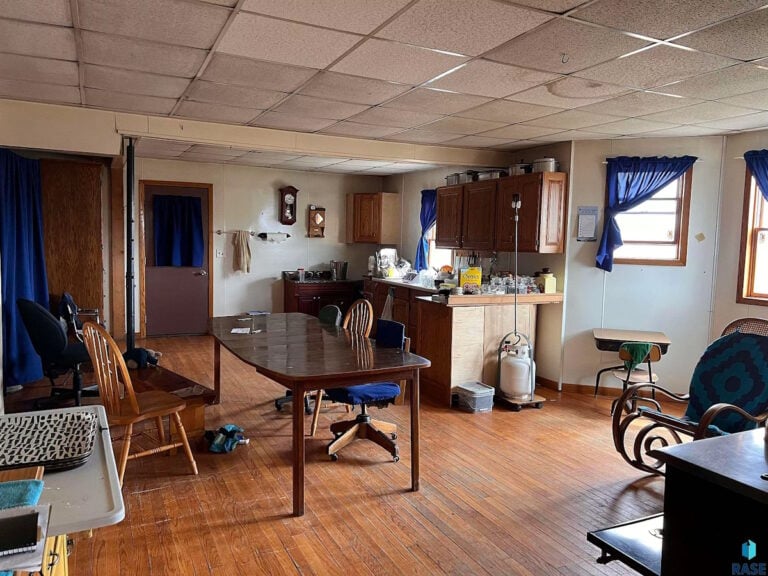

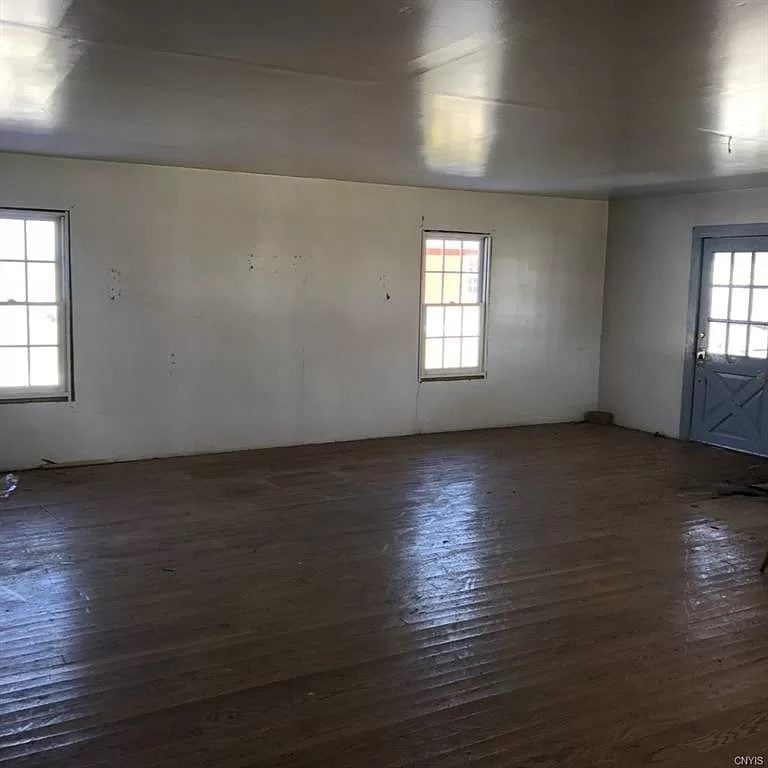

Wisconsin Farm
I guess this is an example of build the structure first and finish when you have time. The house is only six years old according to the real estate listing, but because the upstairs is not finished l it looks older. Interesting ceiling treatments in some areas — looks like doors salvaged from somewhere, cut up and nailed to the ceilings and on at least one wall in one of the pictures on the real estate site. Even today’s cheap interior doors are not that lightweight, so if they are doors, it doesn’t make sense to use them on a ceiling — had to be difficult to get them up there and attached. Maybe there’s another explanation. The real estate listing shows about six acres in certified organic crops out of 94 acres total. Even allowing for grazing land for the cattle, the price seems high. This property is not the most expensive in that county, but it’s up there. Since it’s listed with a Realtor, it seems likely other Amish don’t want it. With no electricity, one bath, and no central HVAC, it may be a hard sell to non-Amish at that price. I hope the backstory of why this family is giving up on this property after only six years is not sad. Oddly, one of the pictures on the Realtor’s website appears to show an automotive engine on the floor of a storeroom under a table or bench. Can’t figure that one out.
Nice analysis Frank, you dug in deeper than I did to bring out some interesting details. So it’s more an organic produce operation probably paired with a conventional dairy. It does feel like a high price. I lived one summer in a town about 20 min west of here and it wasn’t exactly close to St. Paul, but that was 18 years ago so things have probably grown at least a bit in that direction.